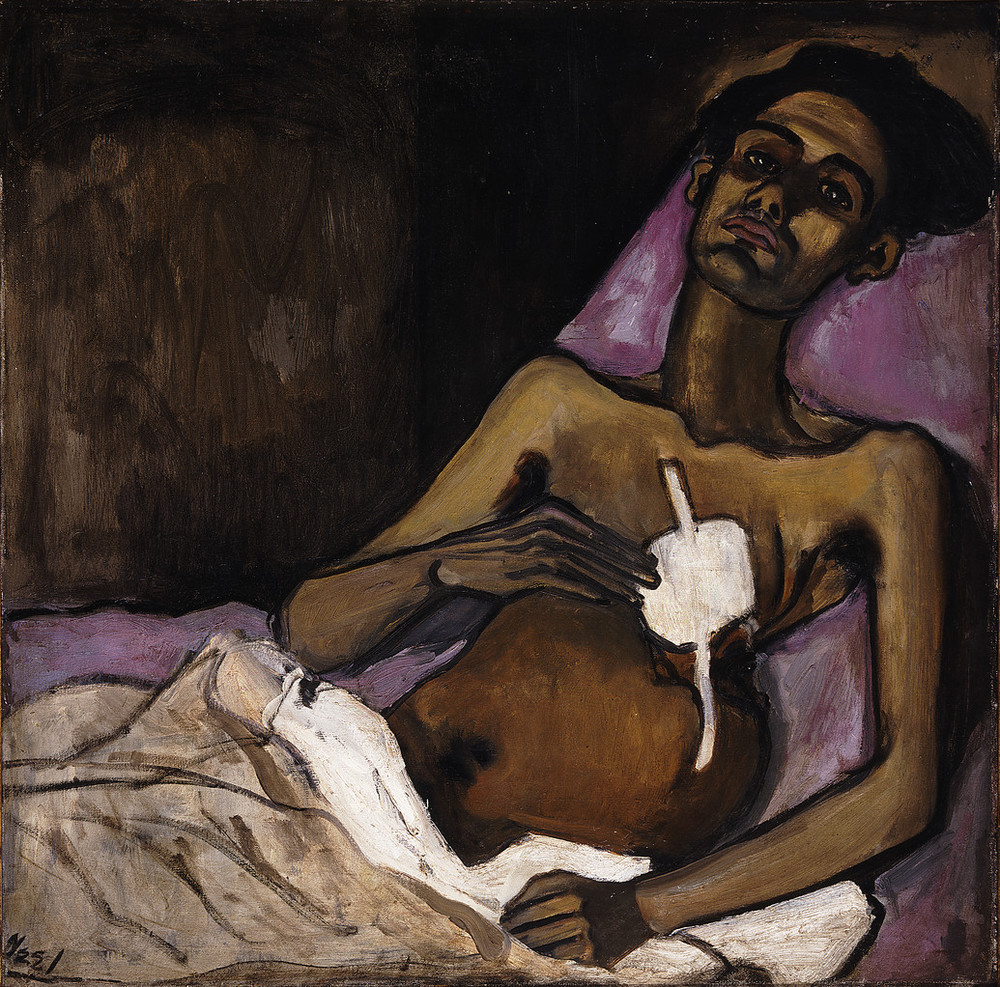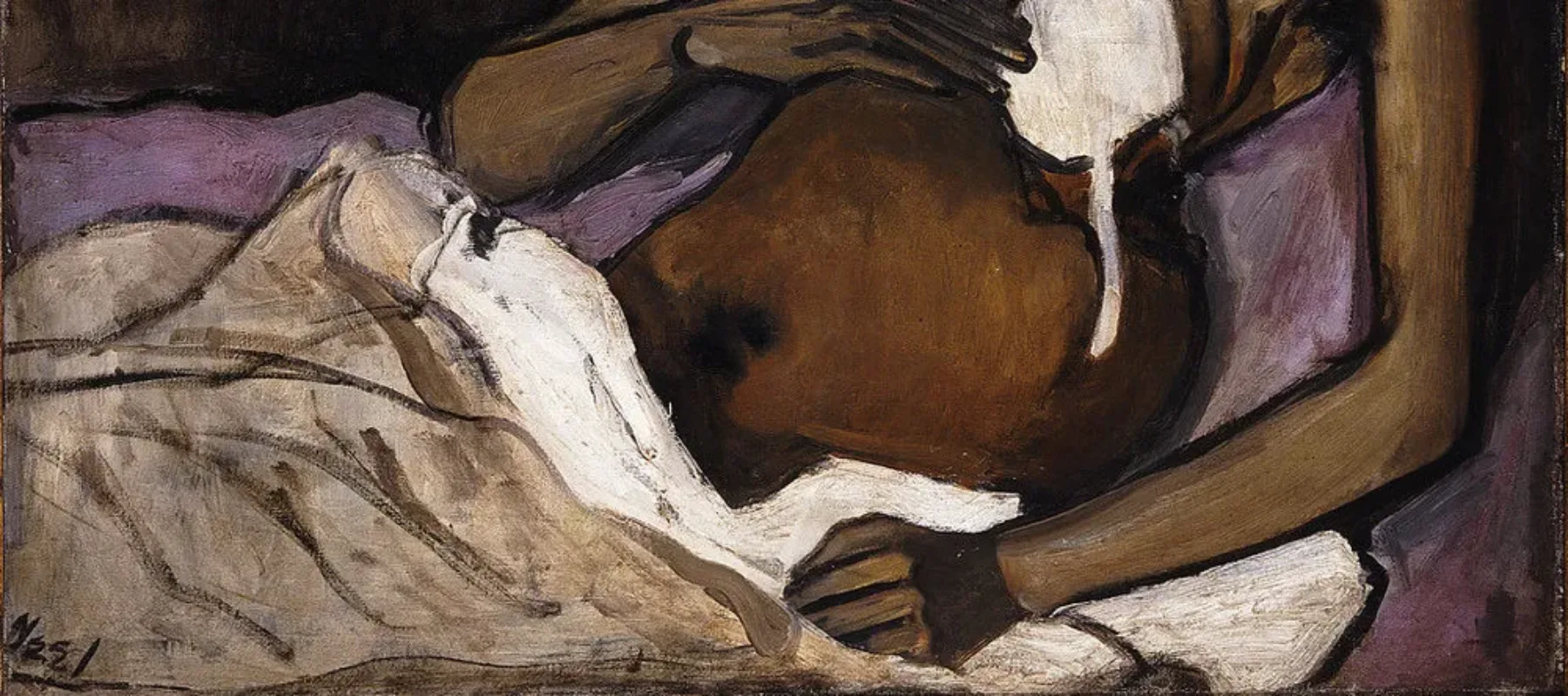Impress your friends with five fast facts about Alice Neel (1900–1984), whose work is on view in NMWA’s collection galleries.
1. “Collector of Souls”
Neel preferred to paint the intricacies of the human condition. She called herself a “collector of souls,” as her portraits emote psychological intensity and individuality. “Every person is a new universe unique with its own laws emphasizing some belief or phase of life immersed in time and rapidly passing by,” Neel once said.
2. The Personal is Political
Neel often conveyed the struggles of poverty in her portraits. T.B. Harlem, in NMWA’s collection, depicts Carlos Negrón, the brother of the artist’s then-lover, suffering from tuberculosis. The disease spread easily across the overcrowded neighborhood of Spanish Harlem in New York City where Neel and Negrón lived. Neel’s 1940 portrait functions as a form of social activism with her empathetic portrayal.

3. Star Struck
Many high-profile people in the New York art world found themselves in Neel’s studio. She painted portraits of Andy Warhol, Frank O’Hara, Robert Smithson, and Linda Nochlin. The vulnerable and humanizing portraits belie the larger-than-life personas of these cultural icons.
4. Favorite Quotes
Neel cultivated her own artistic style. However, she conveys her art historical acumen by visually quoting motifs and themes of earlier artists. To name a few, Negrón’s wound in T.B. Harlem evokes traditional images of the martyred Christ; Mary Cassatt’s family portraits influenced Neel’s representations of mothers with children; and Neel’s 1977 portrait of Mary Garrard resembles Young Sailor by Henri Matisse (1907).
5. Save the Best for Last
In 1980, Neel completed her first self-portrait at the age of 80. Self-Portrait combines three subjects that Neel had previously probed: the nude, the elderly woman, and the artist. She humorously examines taboos of elderly women in the art world by depicting herself as both the female nude and the wise painter.
